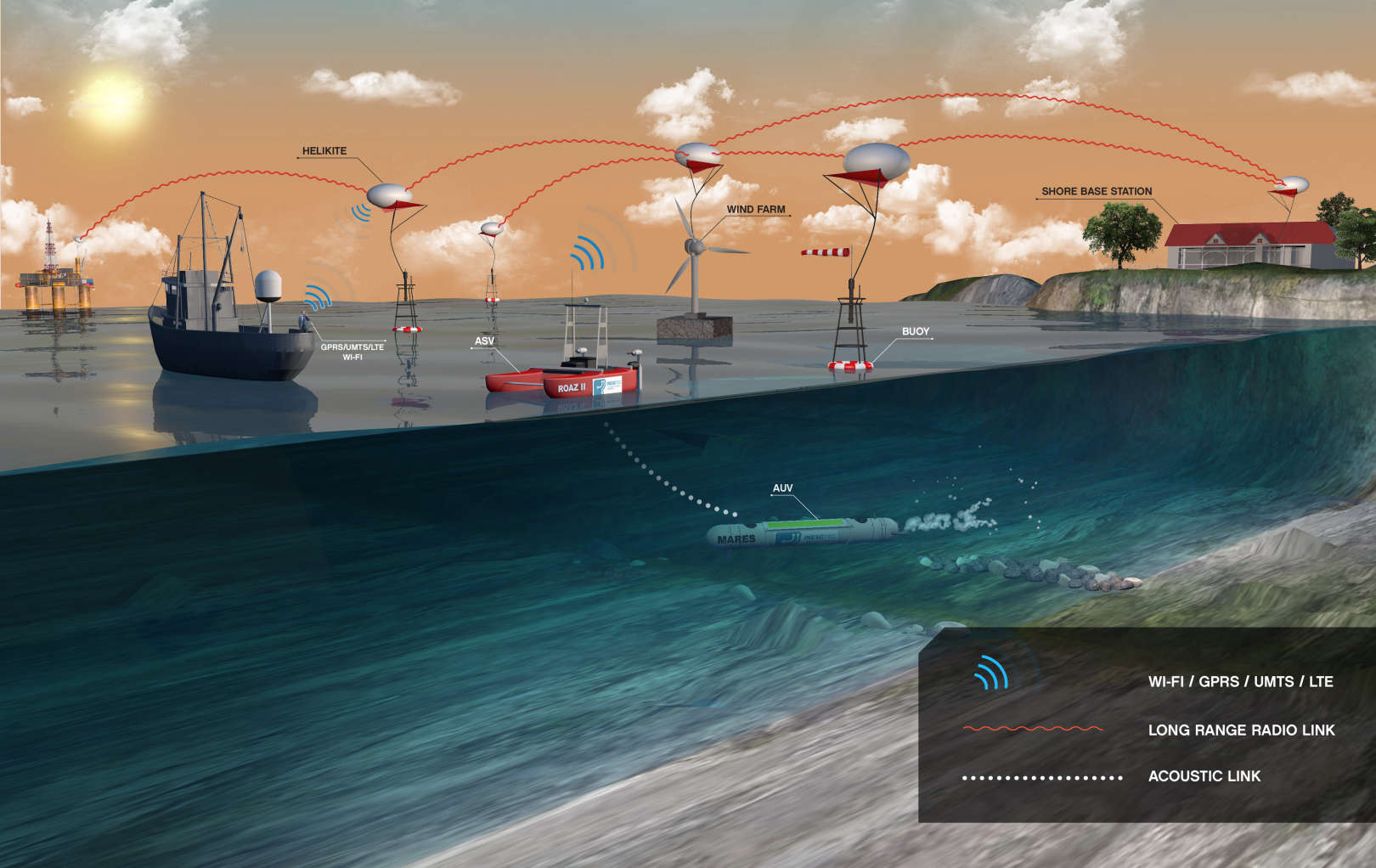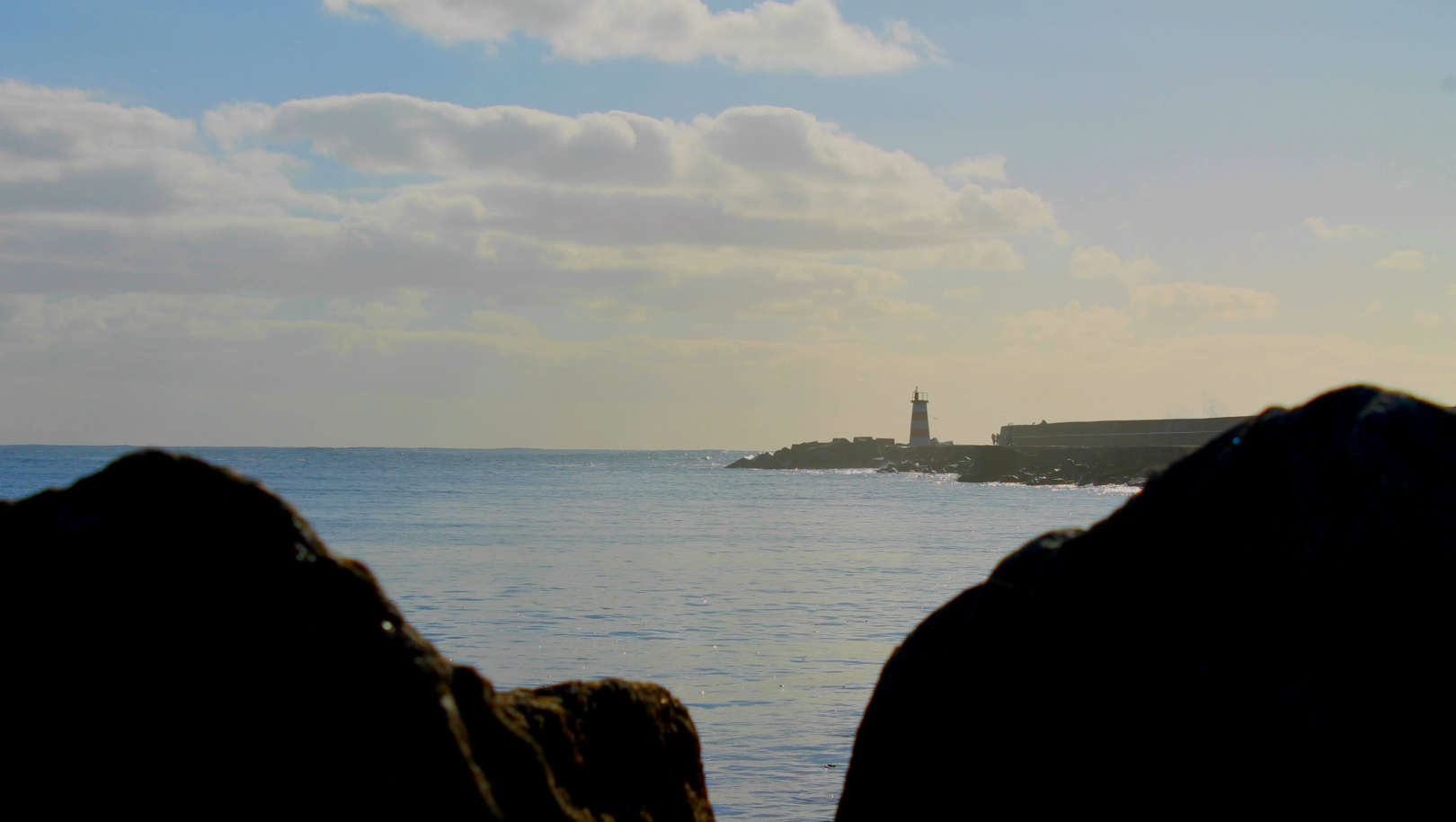About
Filipe Borges Teixeira received a MSc degree in Electrical and Computers Engineering from University of Porto, Portugal, in 2010. Currently, he is a PhD Student in Doctoral Program in Telecommunications, from the same University. Since 2010 he has participated in several European and national R&D projects. His research interests include underwater wireless networks, maritime communications, and wireless mesh networks.




